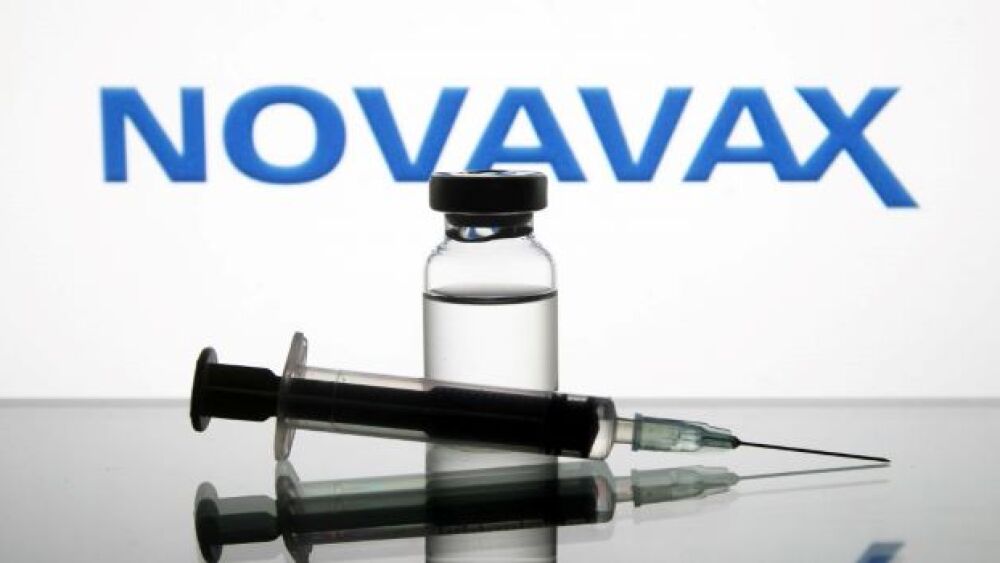As tariffs, HHS workforce cuts and the ouster of CBER Director Peter Marks threaten the “lifeblood” of the cell and gene therapy space, experts express wariness over the unknowns and optimism that Marks’ legacy will carry on.
As head of the FDA’s Center for Biologics Evaluation and Research, Peter Marks was a staunch advocate for cell and gene therapies, particularly their use for rare diseases. Despite Marks’ controversial departure last month, it appears his agenda may at least partly be taken up by the man who reportedly blessed his ouster.
In a January 2024 interview with BioSpace, Marks promoted flexibility in gene therapy trials for rare diseases, saying that for many rare diseases affecting small patient populations, “the concept of trying to do a randomized trial is very challenging at best and impossible at worst.”
In his first media interview, with former Fox News journalist Megyn Kelly, new FDA Commissioner Marty Makary appeared to echo this sentiment. “When you talk about a genetic issue that affects 52 kids in the world . . . or 15 kids . . . you can’t expect the companies to do a randomized, controlled trial; you’ll kill innovation. You’ll kill investment in those innovative ideas.”
Marks similarly suggested to BioSpace last year that non-randomized, single-arm trials could be the best option for rare disease gene therapy.
During his interview, Makary said the FDA would be rolling out a conditional approval pathway based on a “plausible scientific mechanism,” for incurable diseases that affect a small number of people. “Even though we don’t have a randomized controlled trial because it’s not feasible, we will allow that and at the same time monitor everybody who gets it so we can make inferences as soon as the data speaks.”
This could be good news for the cell and gene therapy (CGT) space as many of these therapies—particularly those for rare indications—rely on surrogate endpoints that make them uniquely tailored to the FDA’s accelerated approval pathway.
“We see this as a positive for patients with companies developing drugs for ultra-rare diseases; however, we think expanding this to broader populations could be a slippery slope,” Truist Securities wrote in an investor note on April 22.
Jefferies’ Andrew Tsai concurred, telling BioSpace that “you did see a lot of these rare disease stocks move higher” after the interview.
Meanwhile, on X on April 20, BowTiedBiotech asked, “Did the FDA just make gene editing investable overnight?”
This would certainly be welcome news for the space. Investment in CGT developers “nosedived” in 2024, according to Biopharma Dive, partly due to manufacturing and drug delivery challenges. As of August last year, CGT companies had raised just $500 million across 16 venture rounds, according to data from DealForma, published by Nature Biotechnology. This pales in comparison to the $8.2 billion generated by 121 deals reported by DealForma in 2021. There are also commercial challenges for CGT companies, evidenced by the struggles of bluebird bio, which was compelled to go private earlier this year in a deal valued at just $30 million despite having three gene therapies on the market.
Jonathan Wofford, chief commercial officer at CGT software company Title21 Health Solutions, acknowledged that while there is continued interest in cell and gene therapy, “the eagerness or enthusiasm for this space has been tempered,” with investors being more cautious.
While cautioning against “jump[ing] to the extreme scenarios,” Wofford said the next few months “will be critical for the CGT sector.”
‘The End of an Era’
Marks was instrumental in the rise of the CGT space, helping to establish regulatory pathways for the novel therapy types and advocating for platform approaches, including the Bespoke Gene Therapy Consortium. The first CAR T cell therapy, Novartis’ Kymriah, was approved by the FDA in August 2017 for acute lymphoblastic leukemia—the year after Marks took the helm at CDER in 2016.
“It’s a big loss,” Ignacio Núñez, chief operations officer at CDMO CellReady, told BioSpace. “He did a lot for the field, has been around for a while, so people knew what to expect.”
“There is no doubt about the impact that Dr. Marks has had on the CGT space,” Wofford agreed. “He has been instrumental in shaping a regulatory framework that I believe has accelerated not only the advancement of clinical pipeline in the United States and therapy approvals, but also the advancement of the entire CGT sector.”
However, “all is not lost,” said Audrey Greenberg, founder of the Center for Breakthrough Medicines, a CGT-focused CDMO. Greenberg noted that Marks leaves behind a group at CBER who are supportive of his vision, values and mission, and said that these therapies are still very much in demand. “If you look at the mid- to long-term demand curve, this is an exponential industry in terms of growth,” she said.
For Núñez, “The key is who the new leader will be and how fast he is able to articulate a cohesive direction for the field. After seven years, maybe it’s not bad to have a fresh view of the whole thing. . . . It doesn’t need to be negative. It could also be positive.”
Wofford was similarly optimistic, saying that public statements made by Health and Human Services (HHS) Secretary Robert F. Kennedy Jr. and the incoming administration “indicate support for cell and gene therapy development, including advances in treating sickle-cell disease, which are positive.” He pointed to Kennedy’s response to a question by Senator Tim Scott (R-SC) during his Senate confirmation hearing regarding the Cell and Gene Therapy Access Model: “I agree that the cell and gene therapy model is an interesting approach, and was not surprised to see two manufacturers of therapies for sickle cell disease enter the model.”
Notably, the Cell and Gene Therapy Access Model is moving forward after appearing to be in jeopardy when President Donald Trump rescinded many of his predecessor’s executive orders after taking office.
Sekar Kathiresan, CEO of Verve Therapeutics, likewise appeared unconcerned about the changes. “[Peter Marks] was a great advocate for the field and I was personally sad to see his departure,” he told BioSpace in an email. However, he added that Verve’s recent interactions with the FDA, including an investigational new drug clearance and Fast Track designation for base editing therapy VERVE-102 have so far been “business as usual.”
Macro Headwinds
A common concern across biopharma so far in 2025 has been Trump’s tariff war. Experts agree that the implementation of global tariffs could have significant effects on the CGT space.
“Tariffs are definitely bringing uncertainty on top of everything else,” Núñez said.
In the CGT space specifically, “one of the major issues is that the industry operates from a global supply chain, relying heavily on imported materials,” Wofford said.
The component parts for cell and gene therapy manufacturing, including viral vectors, plasmids, critical reagents and basic lab supplies, “all come from overseas,” Greenberg added. “And if tariffs hit these key components from China or the EU, we’re going to see increased cost of goods, tighter margins, more volatility and production timelines. And that’s bad news for patients and companies.”
Cell and gene therapies are already some of the most expensive medicines on the market. Orchard Therapeutics’ gene therapy Lenmeldy, approved last year for metachromatic leukodystrophy, carries a price tag of $4.25 million for the one-time treatment, while bluebird’s sickle cell therapy Lyfgenia costs $3.1 million. Prices like these make securing coverage, and therefore revenue, difficult.
Greenberg shared that some of the companies she works with are “revisiting these sourcing strategies and rethinking capacity allocations, in some cases, relocating mission-critical elements of their manufacturing stack.”
“The geopolitical reality is forcing a more resilient but definitely more expensive future,” she said, adding that these expenses will ultimately be passed on to the patient.
“As therapies become more expensive, this could limit access for patients and delay development of new cell and gene therapies,” Wofford agreed.
Kathiresan noted that Verve’s strategy is to have manufacturers in both the U.S. and Europe. “Verve remains committed to delivering life-changing therapies to patients and we will adapt our operations to navigate the evolving trade landscape effectively,” he said.
On the other hand, tariffs could incentivize manufacturing in the U.S., according to Núñez. “I believe bringing as much manufacturing as possible to the U.S. will help the speed and cost of our supply chain, reducing potential lead time and fostering better collaboration and innovation,” he said.
As for the recent workforce disruption at HHS, Greenberg said that besides Marks, the layoffs at CBER were minimal. However, she called the cuts to funding at the National Institutes of Health and leading academic programs “short-sighted and dangerous.”
“The CGT revolution was born in these academic labs, including Penn . . . Harvard and Stanford, and NIH funding has been the lifeblood of early-stage discovery,” she said. “When you starve the basic research, the ecosystem threatens the pipeline and future breakthroughs. We’re going to see the domino effect of this for years to come.”






